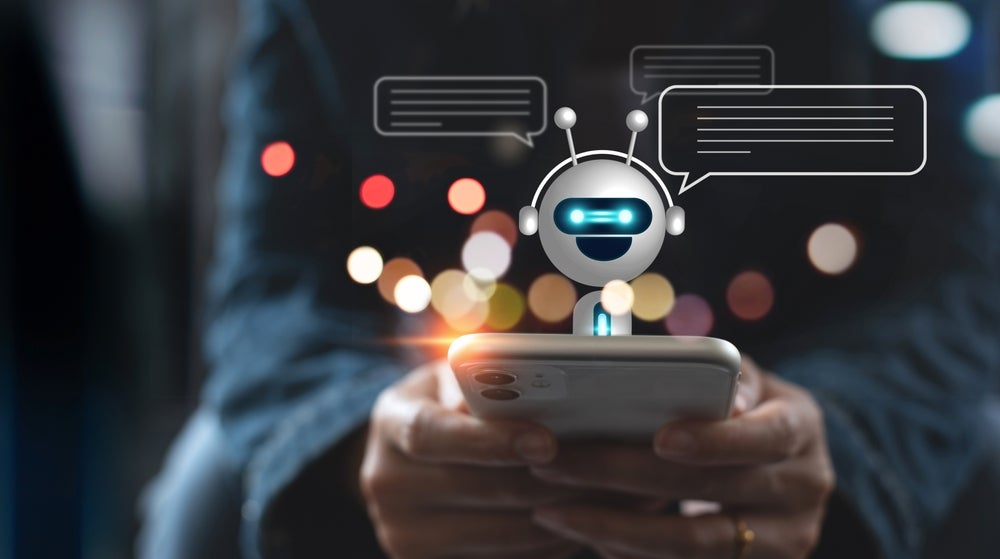Canon had seven patents in internet of things during Q3 2023.Canon Inc has filed several patents during Q3 2023. One patent is for a system that handles data captured by a body-worn camera, which includes a camera, docking station, and recorder. The docking station connects the camera to the recorder, and the recorder stores the captured data and transfers it to a data management system. Another patent is for an image capturing and display apparatus that converts incident light into electrical charge signals and emits light based on the intensity of the signals. A control device patent focuses on performing stereoscopic display by controlling the depth position of a virtual object based on the distance to a detected object. The patents also include methods for reducing user effort in information transmission settings and displaying medical information in correspondence with reference data. GlobalData’s report on Canon gives a 360-degreee view of the company including its patenting strategy. Buy the report here.
Canon grant share with internet of things as a theme is 57% in Q3 2023. Grant share is based on the ratio of number of grants to total number of patents.
Recent Patents
Application: System and method for handling data captured by a body worn camera (Patent ID: US20230269346A1)
Canon Inc. has filed a patent for a system and method for handling data captured by a body-worn camera. The system includes a body-worn camera, a docking station, and a recorder. The camera has a local storage device, while the docking station has a data interface to connect to the camera and a first network interface to connect to the recorder. The recorder, which is physically separate from the docking station, has a second network interface to connect to the docking station and a recorder storage device. The recorder retrieves the captured data from the camera and stores it in its storage device. It also has a third network interface to transfer the stored data to a data management system. The recorder also includes a camera configuration module to configure the operational parameters of the camera.
The system may further include a data management system, which can be a video management system or an evidence management system. The camera may have a chargeable battery, and the docking station may have a charging interface to charge the camera battery. The recorder is designed to initiate erasing of the local storage device once it determines that the captured data has been stored in its storage device. It can also transfer stored data to the data management system when new data has been stored, upon request from the data management system, or based on a time schedule. Additionally, the recorder has a camera upgrade module to upgrade the software and/or firmware of the camera, as well as a health monitoring module to monitor the camera's health indicators.
The method for handling data captured by a body-worn camera involves connecting the camera to the data interface of the docking station, which is then connected to the physically separate recorder. The captured data is transferred from the camera to the recorder and stored in its storage device. The stored data is then transferred from the recorder to a data management system via the recorder's network interface. The method also includes configuring the operational parameters of the camera using the recorder. Additionally, the method may involve connecting the camera to the charging interface of the docking station to charge its battery, erasing captured data from the camera once it is stored in the recorder, and upgrading the firmware or software of the camera using the recorder.
To know more about GlobalData’s detailed insights on Canon, buy the report here.
Data Insights
From

The gold standard of business intelligence.
Blending expert knowledge with cutting-edge technology, GlobalData’s unrivalled proprietary data will enable you to decode what’s happening in your market. You can make better informed decisions and gain a future-proof advantage over your competitors.





